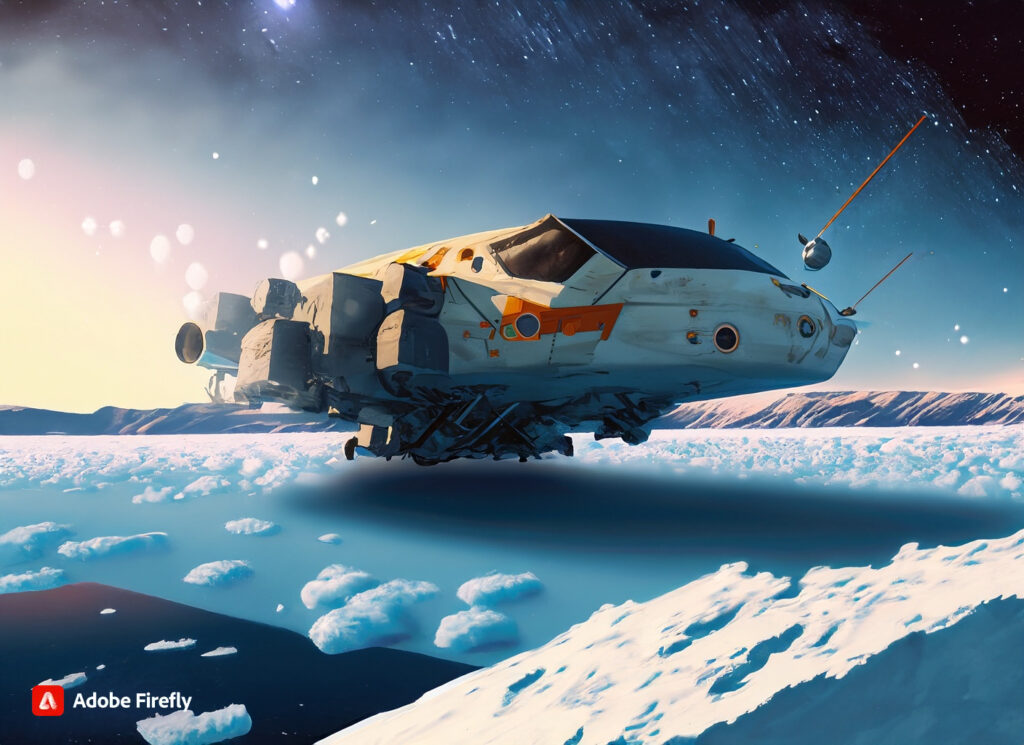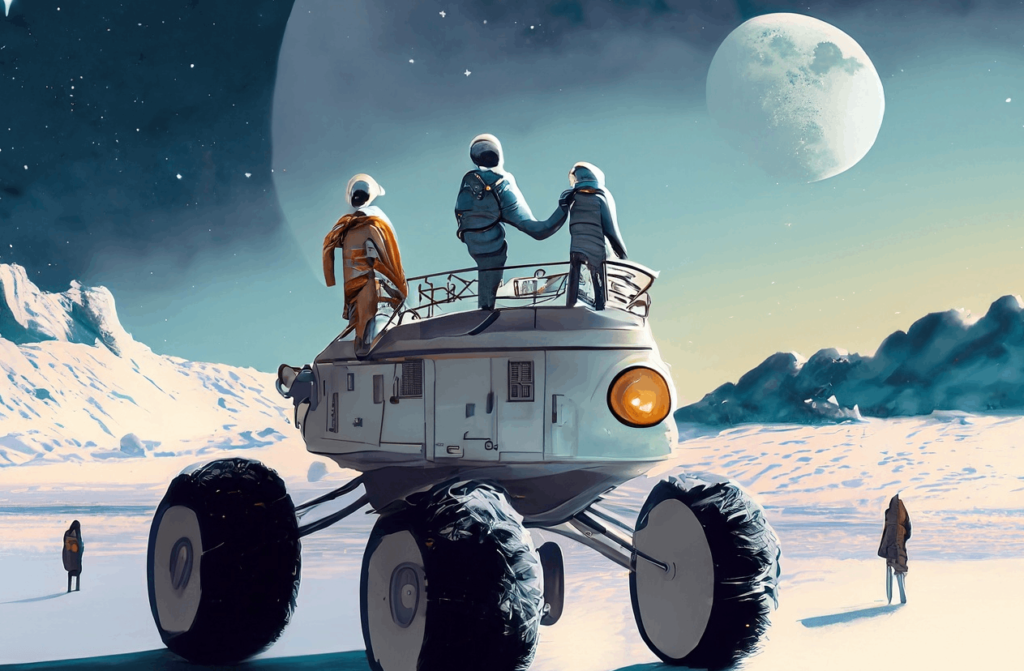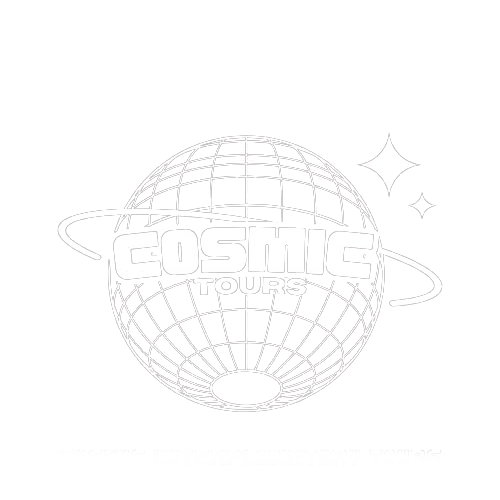EUROPA
A mysterious world of Ice and Ocean
Europa is one of the largest of Jupiter’s more than 90 moons. It’s the sixth-closest moon to the planet. Europa and Jupiter’s three other largest moons – Io, Ganymede, and Callisto – were the first moons discovered beyond Earth. They are called the Galilean moons after Italian astronomer Galileo Galilei, who first observed them with a homemade telescope in January 1610.
Europa is primarily made of silicate rock and has a water-ice crust and an iron-nickel core. It has a very thin atmosphere, composed primarily of oxygen. Cracks and streaks striate its surface, but craters are relatively few. Scientists are almost certain that hidden beneath the icy surface of Europa is a saltwater ocean with about twice as much water as Earth’s global ocean.
Europa may be one of the most promising places in our solar system to find present-day environments suitable for some form of life beyond Earth. Scientists believe a saltwater ocean lies beneath its icy shell, holding twice as much water as Earth’s global ocean, and the chemical elements that are key ingredients to life. NASA is sending its Europa Clipper spacecraft in 2024 to investigate whether Europa has the capability to support life, and is scheduled to enter orbit and begin its search in 2030.


ABOUT EUROPA
TEMPERATURE: High as approximately 140 Kelvin (about -210 degrees Fahrenheit) in dark material at the moon’s equator to as low as approximately 50 Kelvin (-370 degrees Fahrenheit) in bright icy patches at the moon’s poles. EQUATORIAL DIAMETER: 1,940 miles (3,100 kilometres)
DISTANCE FROM EARTH:628.3km
TRAVEL TIME:Five and half years
1 DAY IN EUROPA:3.5 EARTH DAYS
ATMOSPHERE: Europa has only a tenuous atmosphere of oxygen
SURFACE : Europa’s water-ice surface is crisscrossed by dark, reddish-brown cracks.Its surface is covered in ice about 15- 25 km thick.
ESTIMATE EXPENSE: $12,015,390.00
MEANS OF TRAVEL: SPACE SHUTTLE
Welcome inside DREAMSCAPE
The heart of DreamScapes™ design is its sleeping pods. These pods are ergonomically designed, utilizing advanced materials and technologies to provide a comfortable and customizable sleeping environment for each passanger and crew.

itinerary
Day 1 (Landing)
Rover travel
FANDAJ Refreshments
Room allotment
Rest
Day 2
SeaBob (clothing would be provided)
Workout
Rest
Day3
Curious minds (educational programme)
Non alcoholic party
Day 4
Ice hockey
Day5
Sky watching
Day 6
Scuba diving
Day 7
Ice Sculpting
Health checkup
Day8
Ice skating
Workout
Day9
Ice sledging
Voting (From the various activities done)
Training
Day 10
Favorite activity (chosen from the voting)
Day 11
Departure

